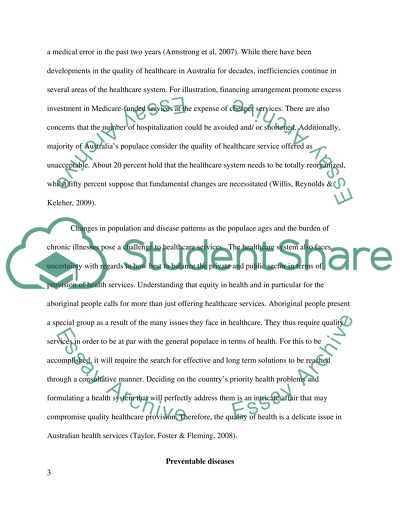Cite this document
(“Survey & Literature Review Assignment Example | Topics and Well Written Essays - 1250 words”, n.d.)
Survey & Literature Review Assignment Example | Topics and Well Written Essays - 1250 words. Retrieved from https://studentshare.org/health-sciences-medicine/1471245-survey-literature-review
Survey & Literature Review Assignment Example | Topics and Well Written Essays - 1250 words. Retrieved from https://studentshare.org/health-sciences-medicine/1471245-survey-literature-review
(Survey & Literature Review Assignment Example | Topics and Well Written Essays - 1250 Words)
Survey & Literature Review Assignment Example | Topics and Well Written Essays - 1250 Words. https://studentshare.org/health-sciences-medicine/1471245-survey-literature-review.
Survey & Literature Review Assignment Example | Topics and Well Written Essays - 1250 Words. https://studentshare.org/health-sciences-medicine/1471245-survey-literature-review.
“Survey & Literature Review Assignment Example | Topics and Well Written Essays - 1250 Words”, n.d. https://studentshare.org/health-sciences-medicine/1471245-survey-literature-review.


